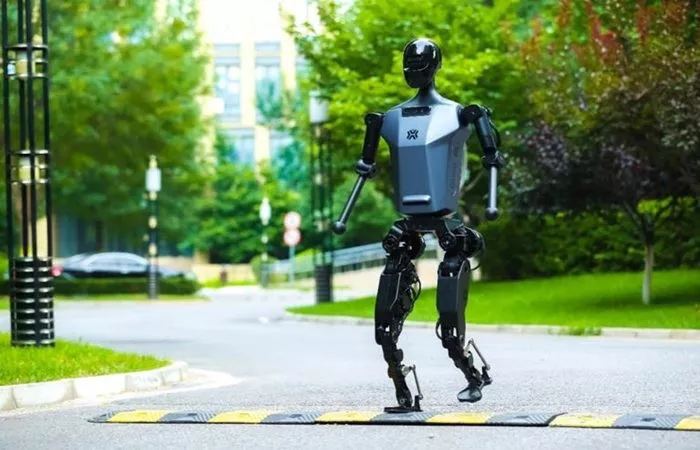Recently, 432 small walking displacement robots attracted widespread attention by moving the 7,500 – ton Shikumen architectural complex “Huayanli” in Shanghai at an average speed of 10 meters per day. This spectacular relocation of a historical building cluster has unveiled a trillion – yuan commercial blue ocean behind urban renewal initiatives.
Urban renewal is a crucial measure to promote high – quality urban development and continuously meet people’s needs for a better life.
In May this year, the General Offices of the Communist Party of China Central Committee and the State Council issued Opinions on Continuously Promoting Urban Renewal Actions. The document clearly aims to “create livable, resilient, and smart cities” and proposes eight major tasks, including the renovation of existing buildings, improvement of old residential areas, ecological restoration, and protection and inheritance of urban historical culture.
The results of the 2025 urban renewal action review were recently announced. Twenty cities, including Beijing and Tianjin, were shortlisted. In the coming years, the central government plans to allocate over 20 billion yuan in subsidies to support these cities in implementing urban renewal projects.
Policy dividends enhance market certainty, which in turn stimulates investment enthusiasm. In the long run, urban renewal cannot rely solely on “fiscal assistance” but should shift towards “market – driven development”. The key lies in establishing a virtuous cycle among technology, scenarios, and finance.
With the deepening of urban renewal efforts in recent years, frontier technologies represented by robotics, artificial intelligence (AI), and the Internet of Things (IoT) have become levers for unlocking the value of existing land and promoting industrial upgrading.
Take the “Huayanli” project, which employed “robot moving”, as an example. Built between the 1920s and 1930s, “Huayanli” is a typical Shikumen building in Shanghai. Facing the narrow and winding alleys and the requirement of ultra – low clearance construction in this urban renewal project, the construction team customized small excavation robots that integrated deep learning algorithms with crawler – wheel composite drive technology. These robots can accurately distinguish between clay and obstacles, perform intelligent obstacle clearance and path planning, and operate with autonomous steering in 1.2 – meter – wide alleys.
Many cities have old neighborhoods with limited construction space and the need to protect historical buildings during urban renewal. It is foreseeable that the various high – tech applications verified in the “Huayanli” project will be exported to other urban renewal projects, forming a commercial closed – loop of “urban renewal – technological iteration – cross – regional and cross – industry replication”.
Urban renewal should forge a new economic ecosystem and act as a “strong engine” for promoting effective investment.
Urban renewal is both a livelihood project and a public welfare initiative, but it also faces common challenges such as long development cycles and high capital investment. Technology should be used to solve the dilemma of balancing “protection and development” as well as “public welfare and profitability”, transforming urban renewal from a cost center into a profit center and attracting more social capital. For instance, in infrastructure construction, the in – depth application of Building Information Modeling (BIM) technology can promote the development of technical service industries such as smart cities and digital twins. In sponge city construction, it can drive the research and development and application of technologies related to green building materials and environmental governance, fostering circular economy and low – carbon industries.
Of course, the establishment of a more sustainable urban renewal funding input – return mechanism in the future depends on both technological and institutional innovation. It is necessary to establish a sustainable urban renewal model with government guidance, market operation, and public participation, enabling urban renewal to achieve self – “sustenance” while ensuring people’s well – being.
From robot – assisted building relocations to AI – enabled urban governance, scientific and technological innovation not only improves the efficiency of urban renewal but also reconstructs business models. In this process, there is no zero – sum game; instead, it is a win – win equation written by scientific and technological innovation. In the new wave of urban renewal launched by the 20 shortlisted cities, enterprises, residents, and management agencies will all share the benefits of this “rediscovering spatial value”.
Related topics:

